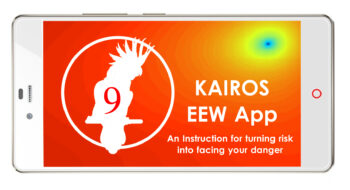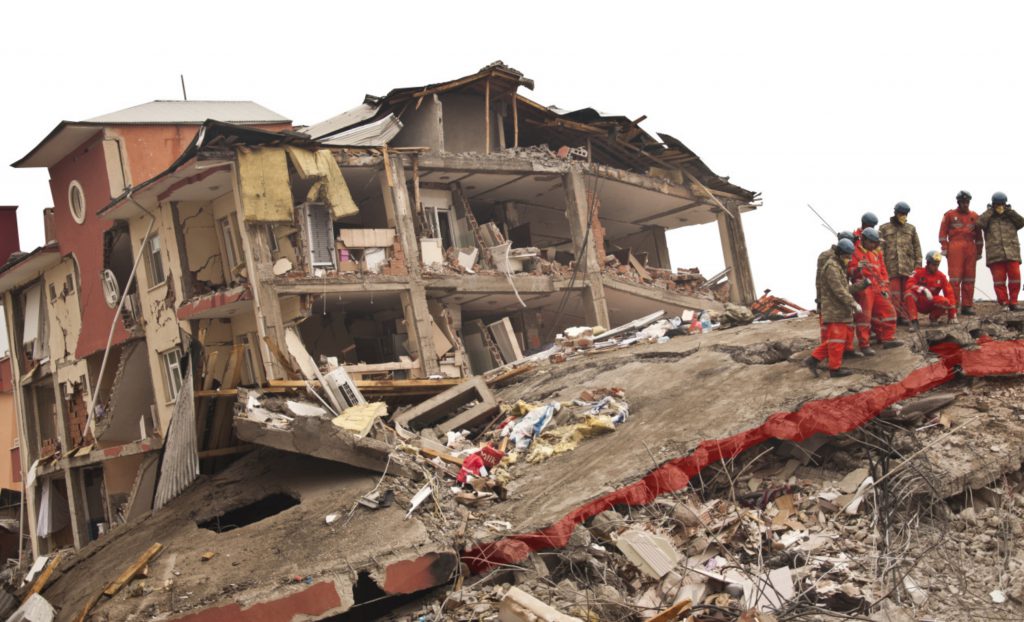ESSAY
How to manage the Apocalypse?
With regards to content, the art works correspond with the essay “How to manage the Apocalypse?“. It will be presented in the exhibition as part of an artist book. Visitors are also invited to take a copy of it home. Different readings of essay and pictures reflect and inspire each other.
Both aesthetically and literarily, the project poses the question: “How to manage?“, and explores whether management in a high-tech civilization significantly fueled by fossil carbon follows this glorifying logic: Safeguarding energy supplies and technology projects takes absolute precedence over the accompanying side effects. Wouldn‘t that mean, that undesired consequences don‘t require prevention but just control, so to speak management?
There seems to be no just basis for a belief that sees disasters and undesired consequences as things that can be managed, because the limits of insurability, that is the increasing lack of private insurance, suggests uncontrollable and incomputable insecurities and technological risks on a global scale.
A non-contestable justification is generated to raise alarm. “How to manage the Apocalypse?“ investigates into the issue of how a new method of talking about the end can be attained, one that names the catastrophe loud and clear, in order to prevent it. Both in the exhibition and in her essay Svenja Schüffler explores this question with a thought experiment and the conception of a ‘School of Early Warning’ that cautions the end of all guarantee.
Photograph by Svenja Schüffler
KAIROS Earthquake Early Warning Application
An Instruction for turning Risk into facing your Danger
November 2016. Published at Anthropocene Curriculum Platform of Haus der Kulturen der Welt Berlin HKW / Max Planck Institute for the History of Science.
There is this unpredictable moment when the underground faults start to rupture. Between the start of the cracking of the Earth and the arrival of the waves that tear through underground, until they shake everything at the surface, there is a tiny, special moment of time. Less than a Chronos [1], yet an instant that could be enriched and transformed through a knowledge beyond primal cognition and experience. A knowledge that could help you save your life, whoever you are, and wherever you might be …READ MORE: KAIROS Earthquake Early Warning Application
By Svenja Schüffler
 Photograph by Svenja Schüffler
Photograph by Svenja Schüffler
ESSAY
Installing Seismic Risk of Istanbul
November 2016. Published at Anthropocene Curriculum Platform of Haus der Kulturen der Welt Berlin HKW / Max Planck Institute for the History of Science.
Calculated surprise and torn-down slabs. An introduction to the art-science project Installing Seismic Risk of Istanbul. Supported by the German Research Centre for Geoscience GFZ Potsdam and presented at the Forecast Forum, HKW 2015. … READ MORE: Installing Seismic Risk of Istanbul
By Svenja Schüffler

Photograph by Idris Bedirhanoglu, Dicle University, Diyarbakır, Turkey
